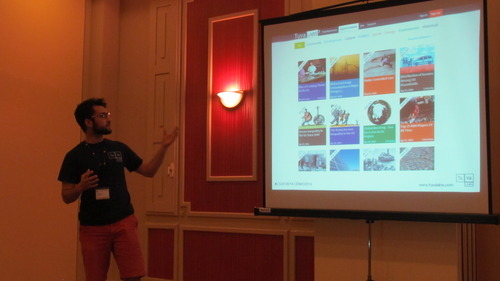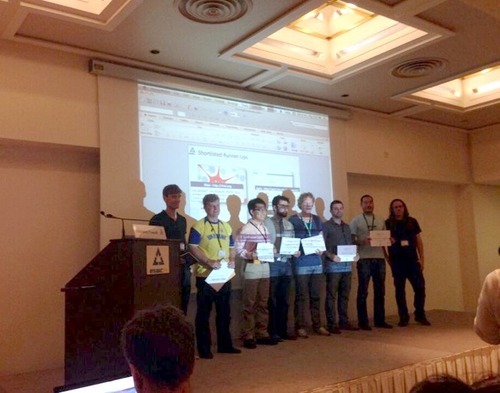I love the time honored tradition of the Paper-Hand Turkey as much as the next guy (though I’m not sure how much that actually is) but making paper turkeys in and of themselves doesn’t add much value to the lives of students.
Holidays have real histories and real economic ramifications. When planning lessons about Thanksgiving, especially in the age of Backward Design, Purposeful Play and Common Core, we should make sure the goals of our lessons matter.
To help you plan, we’ve composed three ways to teach about Thanksgiving using real world data and that cover meaningful topics.
1. The History
The real story of Thanksgiving is significantly more interesting than the myths and should be part of the American narrative. The Mayflower actually had two types of travelers. Pilgrims moving to the New World to have space to practice their religion in peace and entrepreneurs coming to the New World hoping to make a living.
Use Tuva Labs datasets to explore who was on the Mayflower. Examine the numbers of Pilgrims in relation to everyone else. Look at the numbers of men and women. And discuss the social ramifications behind this combination of travelers. Examine who lived and who died. Ask students to find the correlation between social status and survival. Explore who signed the Mayflower Compact and what that tells us about our roots as a democracy.
Check out the legacy. Examine how many people in the U.S. today can trace their roots back to the Mayflower.
Students can examine the numbers of Native Americans living in New England and their swift and sad decline compared to 1620. This activity can be a cornerstone of your curriculum because it’s a truth you must return to when teaching American History.
2. The Economics of the Thanksgiving Table
Let your students explore the Tuva Labs data set about how much people spend on the holiday and examine if it is worth the expense and why. Explore if dinner has become cheaper or more expensive as the holiday evolves.
3. The Economics of Black Friday
Black Friday is a phenomenon that fascinates my students. Thier conversations vacillate between disbelief coupled with disgust and how much they really do want the new X-Box. A great exercise is to examine how good the savings actually are. Add the savings to it the opportunity cost of waiting in line, giving up Thanksgiving, being cold and uncomfortable and you know, possibly getting trampled by other crazed shoppers. Decide if and when braving the black Friday sales are worth it.
Our Black Friday dataset allows you to examine how many people participate, how much they spend and how those numbers have changed over time. Pose the questions, what direction are we going as a society based on that data? Can we make conclusions based on this?
The history and economics of holidays are always great ways to provide important lessons on played out topics. Not that I don’t love the art of the Paper-Hand Turkey, but there is more to Thanksgiving than that.




